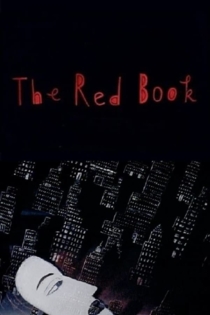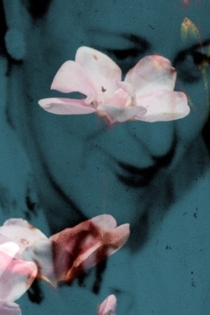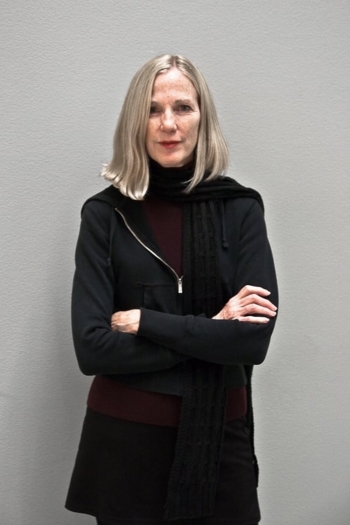
Janie Geiser
2021The Fourth Watch
Janie Geiser
The ancient Greeks divided the night into four sections; the last watch before morning was called the fourth watch. In the hours before dawn, an endless succession of rooms is inhabited by silent film figures occupying the flickering space in a midcentury house made of printed tin. Their presence is at once inevitable and uncanny. A boy turns his head in dread, a woman’s eyes look askance, a sleepwalker reaches into a cabinet that dissolves with her touch, and hands write letters behind ephemeral windows. The rooms reveal themselves and fill with impossible, shadowed light. It is not clear who is watching and who is trespassing in this nocturnal drama of lost souls.
The Fourth Watch

Lost Motion
Janie Geiser
LOST MOTION uses small cast metal figures, toy trains, decayed skyscrapers and other found objects to follow a man’s search for a mysterious woman. From an illegible note found on a dollhouse bed, through impossible landscapes, the man waits for her train which never arrives. His wanderings lead him to the other side of the tracks, a forgotten landscape of derelict erector-set buildings populated by lost souls. Dream merges with nightmare in this post-industrial land of vivid night.
Lost Motion
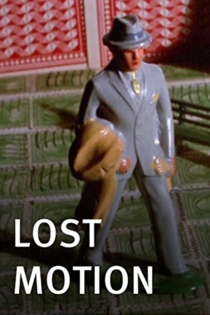
The Secret Story
Janie Geiser
THE SECRET STORY arose as a response to several beautifully decayed toy figures from the 1930s that were given to me as a gift. These figures, and other toys, objects, and illustrations that I found from the period between the world wars, suggested a kind of unearthed hidden narrative which I have attempted to re-piece together, as if these figures were the hieroglyphics of a just-forgotten tongue. THE SECRET STORY revolves around the central figure of the woman, and her girl-double, who look somewhat like a versions of Snow White. She wanders through landscapes of rivers and floods, home and war, and memory and illness, culminating in an ecstatic walk in the forest, suggesting both the dark and cathartic trajectories of the richest fairy tales.
The Secret Story

Silent Sister
Janie Geiser
In the early part of the 20th Century, Los Angeles, with its warm, dry climate, was a haven for the chronically ill. Working from archival images of pre-suburban Los Angeles, medical illustrations, charts, photographs of abandoned hospitals and miniatures, Silent Sister centers on the intersection of landscape and the body; both become the location of narrative, memory, erasure, history and loss.
Silent Sister

Ricky
Janie Geiser
The realms of childhood, war, and loss echo through Ricky. Double vision illuminates, and simultaneously obfuscates, what can be remembered, lost, or retrieved. A found sound recording forms the spine of the film . . . a scratched audio letter from father to son.—Janie Geiser
Ricky
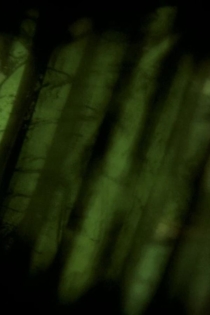
Cathode Garden
Janie Geiser
“A young woman moves between light and dark, life and death; a latter-day Persephone. The natural world responds accordingly. Neglected negatives, abandoned envelopes, botanical and anatomical illustrations, and found recordings reorder themselves, collapsing and reemerging in her liminal world.”—Janie Geiser
Cathode Garden
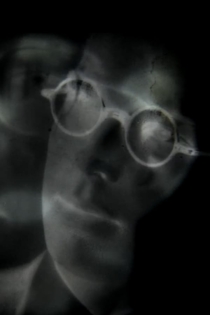
Arbor
Janie Geiser
From a set of photographs found in a thrift store, Geiser creates a liminal space between representation and abstraction, figure and landscape, fiction and memory. ARBOR suggests the fragility and ephemerality of memory and its artifacts through subtle manipulations of the photographs: reframings, layerings, inversions, and the introduction of natural elements, including flowers and leaves. The photographs’ subjects rarely engage the camera; they are glimpsed, rather than seen. They look elsewhere, and wait for something inevitable. Gathering on a hillside, lounging on the grass beyond now-lost trees, the inhabitants of ARBOR cycle through their one elusive afternoon, gradually succumbing to time or dissolving into landscape, reserving for themselves what we can’t know---and becoming shadows in their own stories.
Arbor


